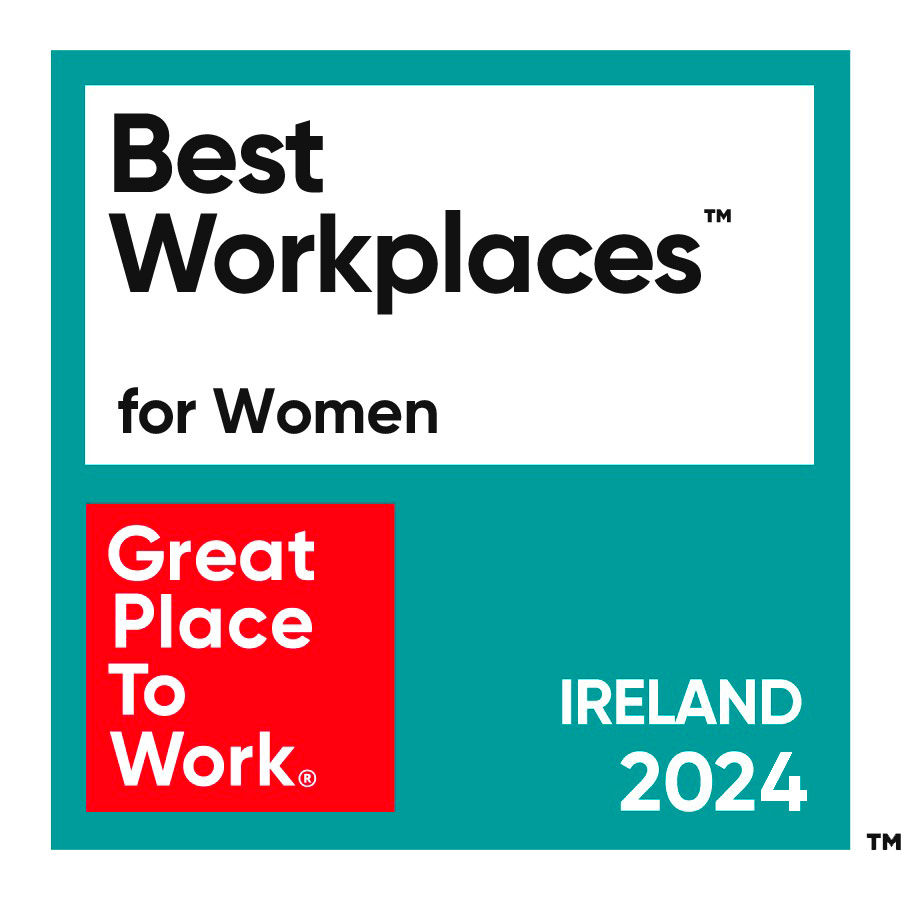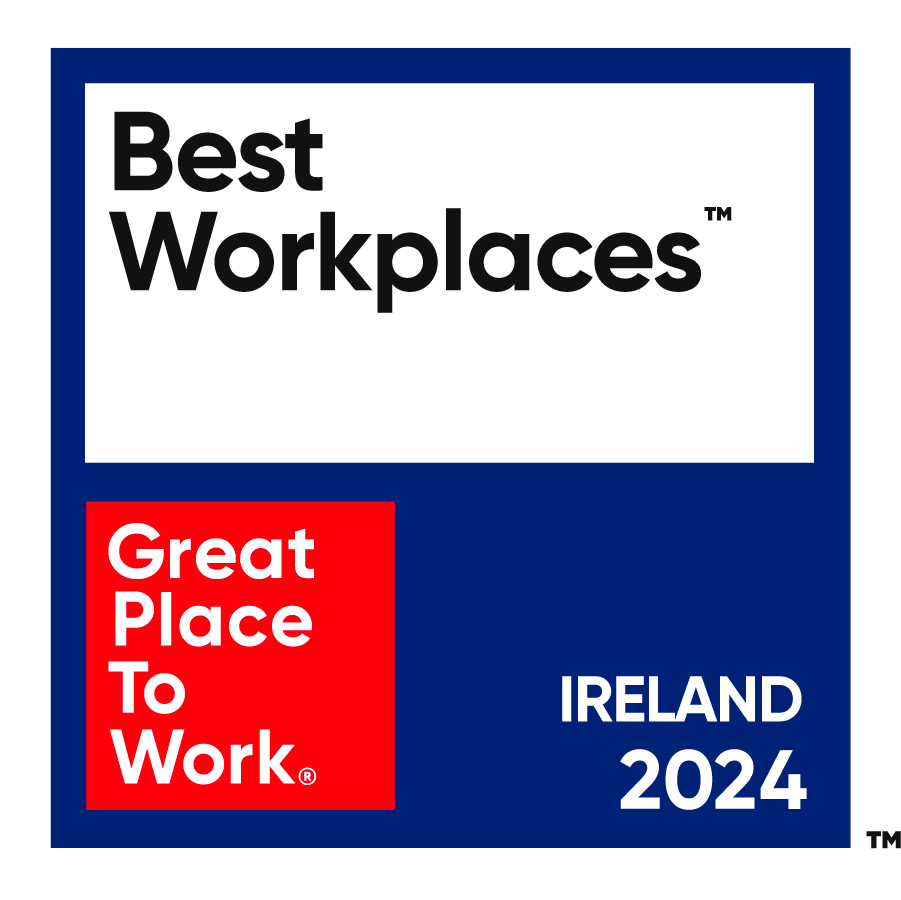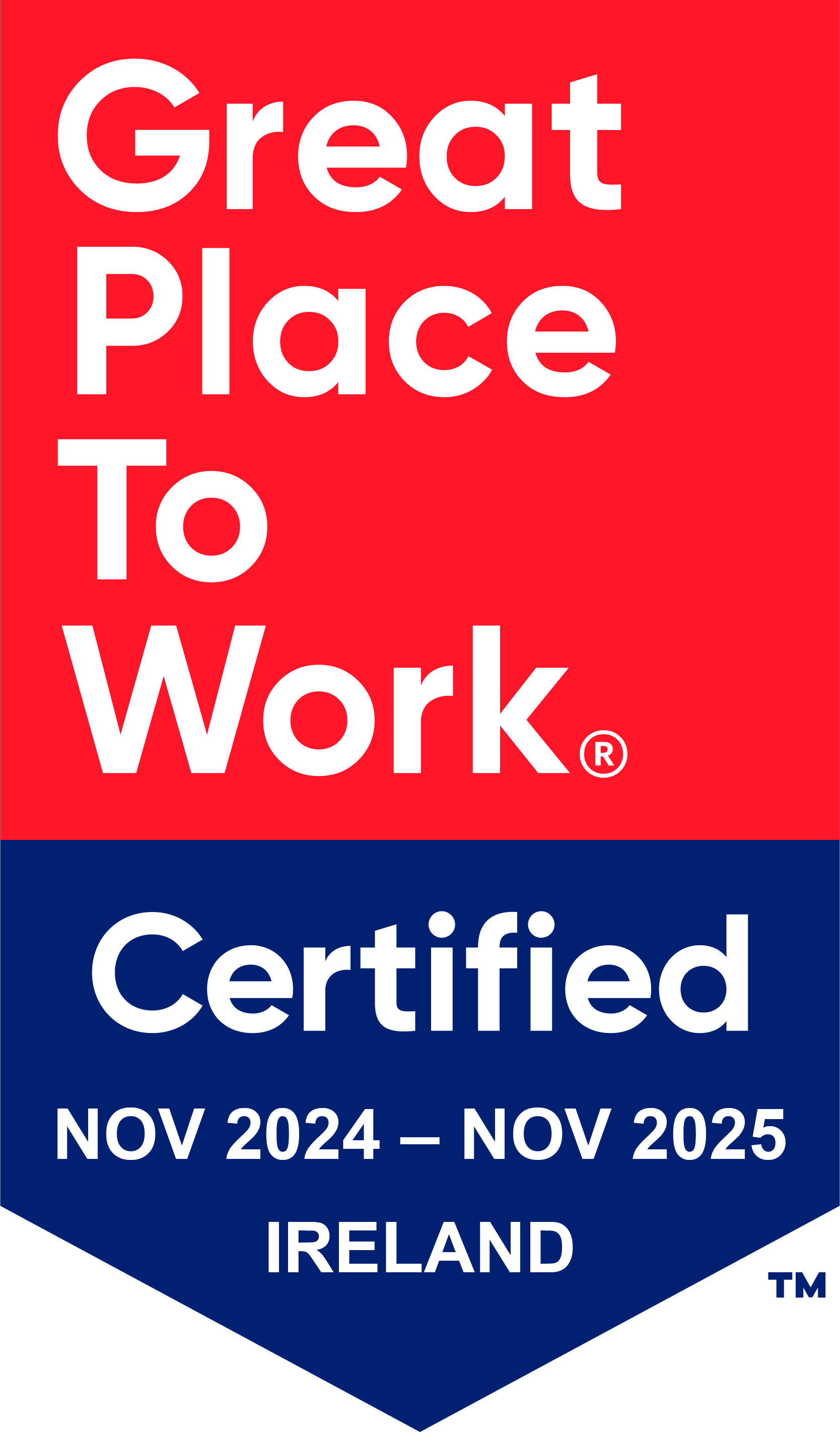By Brendan Almack on 8 Feb 2023
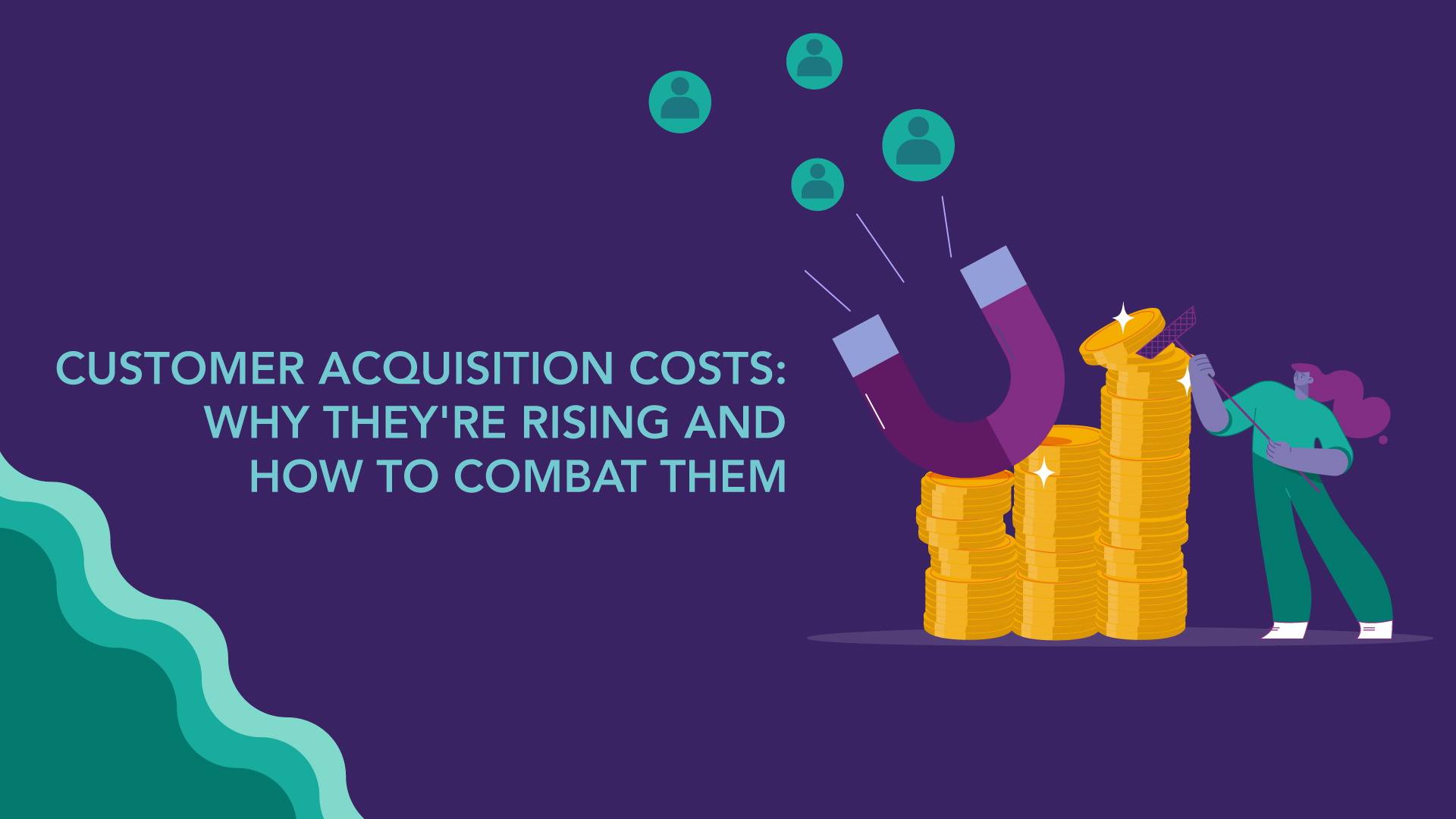
Whether you work in B2C or B2B, you undoubtedly have a mandate to help your business grow. That’s really why marketers exist, to help brands and businesses to grow.
In order to grow, the majority of businesses need to acquire more customers. The challenge that many businesses now face is that it is getting more expensive to acquire these customers.
If left unchecked, rising customer acquisition costs can take a chunk out of your bottom line and/or result in slower growth. So let's look at what’s driving the increase in customer acquisition costs (CAC) and what you can do about it.
What’s Driving the Increase in Customer Acquisition Costs (CAC)?
1. Digital Marketing Platforms Have Matured
What do we mean by matured? What we’re really talking about here is the fact that the platforms we use (Google, Meta, Amazon etc) have become more widely adopted by advertisers and therefore more competitive.
![]()
A good illustration of this is Google search. Google has almost doubled (revenues from) their search business over the last 3 years. The biggest driver of this increase is the fact that there are more advertisers spending more on Google Ads.
If that increase in advertiser adoption was matched by an equivalent increase in the number of people using Google search, our CAC might not be impacted. But that doesn’t seem to be the case.
It’s difficult to get accurate figures on the number of people using Google search YoY, so I’ve used Google trends to fudge an insight here. Looking at the term ‘best’ over the last 3 years, we can see little evidence that the number of searches is increasing.
That means that the cost of increased competition is borne by the advertiser.
I’ve used Google as an example here, but the same applies to Meta. Over 3 years, they too almost doubled their advertising revenues, but there was only a 20% increase in monthly active users (source). Increased advertiser competition isn’t matched by a proportional increase in audience size, so yet again the cost is borne by the advertiser.
First mover advantage is over!
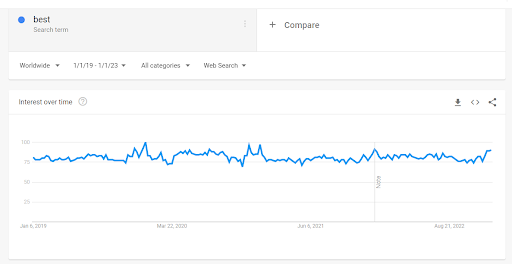
2. Fragmentation
Something that has compounded the above has been channel fragmentation. Advertisers want to capture people's attention, but that attention is now spread across more platforms, each battling for only a few minutes with your eyeballs.
The annual Ofcom report for the UK shows us that although Google, Meta and Amazon are some of the most visited sites/apps, they still only account for 34% of the total time spent online (source). There are now more platforms than ever competing for a smaller slice of that time.
Fragmentation alone isn’t the challenge, the real challenge for advertisers is the difficulty with connecting the dots between these platforms. Their walled gardens make this incredibly difficult which can lead to inefficiencies in media spend, impacting CAC.
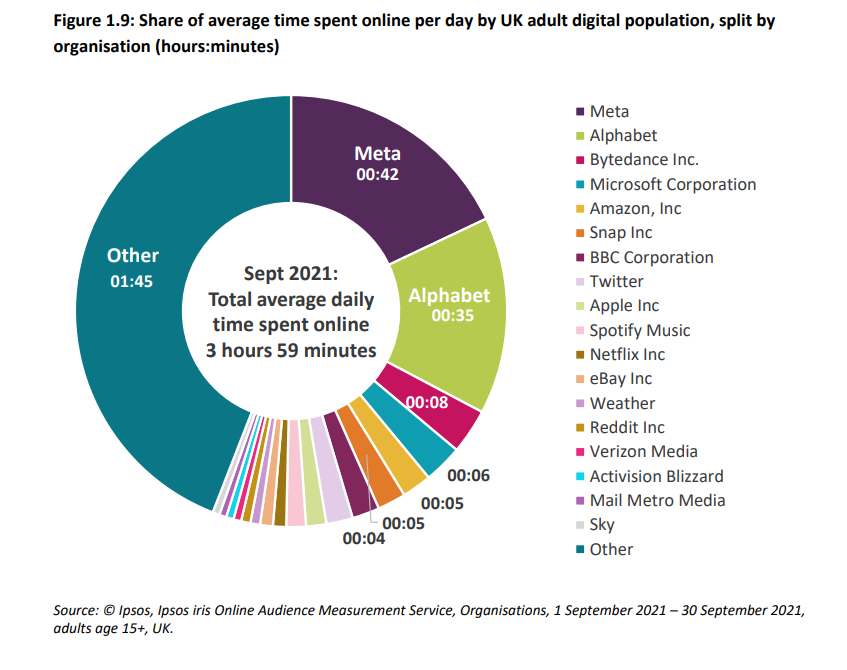
3. Re-Winning your Own Customer
The theory used to be that once you acquired a customer, you’d benefit from their lifetime value via the multiple purchases they made in a year or the average number of months that they would pay a monthly subscription (in the case of SaaS). For some companies, particularly in the B2B space, that is still true.
However, many companies are discovering that they need to re-win their own customers multiple times. This is neatly demonstrated by poor aul Tesco Ireland (below) as their own customers have to scroll past compelling offers from both Dunnes and SuperValu before shopping with them again.
It’s estimated that 42% of searches on Google are branded searches for large global brands (i.e. excluding SME’s, source). If you are bidding on your own brand and irrespective of whether your competitors are bidding on your brand too, you still have to pay the branded click cost to re-acquire those customers.
That means that in a lot of cases your CAC needs to be profitable outside lifetime value considerations.
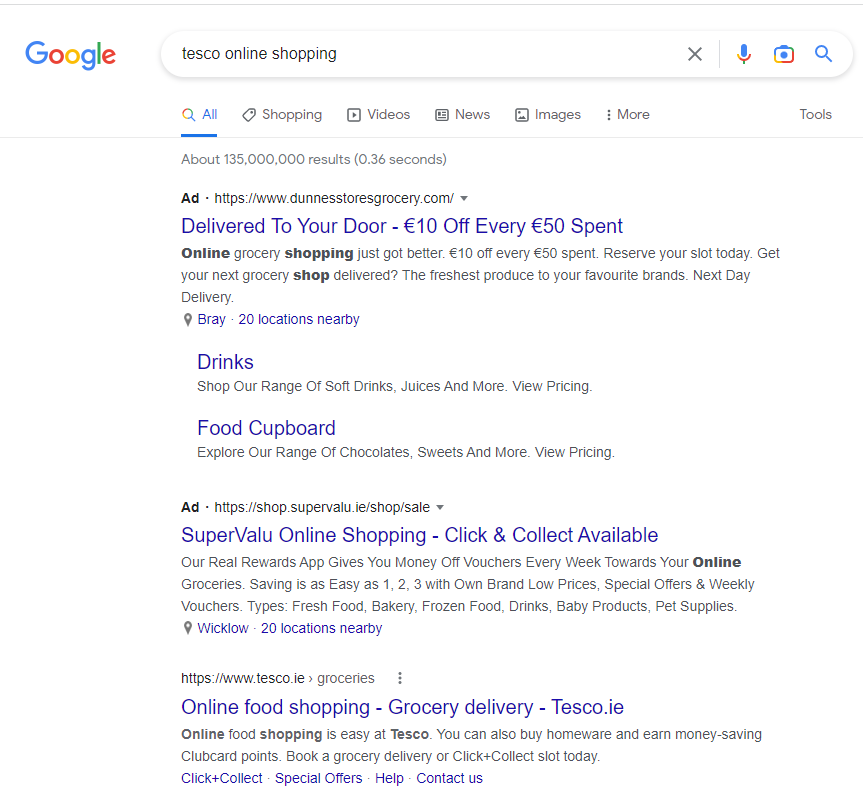
So, hopefully you now have a better understanding of why CACs are on the rise, but what can you do about it?
How To Beat Down Rising CAC?
1. Know Your Numbers
This seems obvious, but getting a handle on what your tolerable CAC is will inform lots of future decisions. Sit down with your CFO and scrutinise the numbers. Consider if lifetime value is relevant and applicable in your case and identify what your tolerable CAC is.
2. Be an Early Adopter.
We just looked at what happens when a platform matures, but the exact opposite is true of new and emerging platforms.
When audience growth outpaces advertiser adoption, there’s a beautiful moment in time where advertising on that platform is phenomenally cost effective and efficient.
TikTok is the perfect example of this (read our case study here). Monthly active users on TikTok are up >50% in the last year, but advertisers’ adoption hasn’t kept pace meaning that CPM’s on TikTok are almost 60% cheaper than on Meta. So, test those new channels and be an early adopter.
3. Change the Battleground.
A lot of the challenges around CAC come from Big Fat Tech sitting between you and your potential customers.
Creating ways to interact with new potential customers without having to rent the opportunity from Google et al can change this dynamic.
That’s why investing in building your own first party data and running a CRM (i.e. email) program can be so powerful. Firstly, capturing first party data is way cheaper than capturing a sale or customer and secondly, you won’t incur any media cost when you use email marketing to convert that data into a customer or a repeat customer.
In some cases it can be more cost effective to use social media to help collect first party data, which you later convert through an email marketing campaign.
Check out this case study to learn more.





